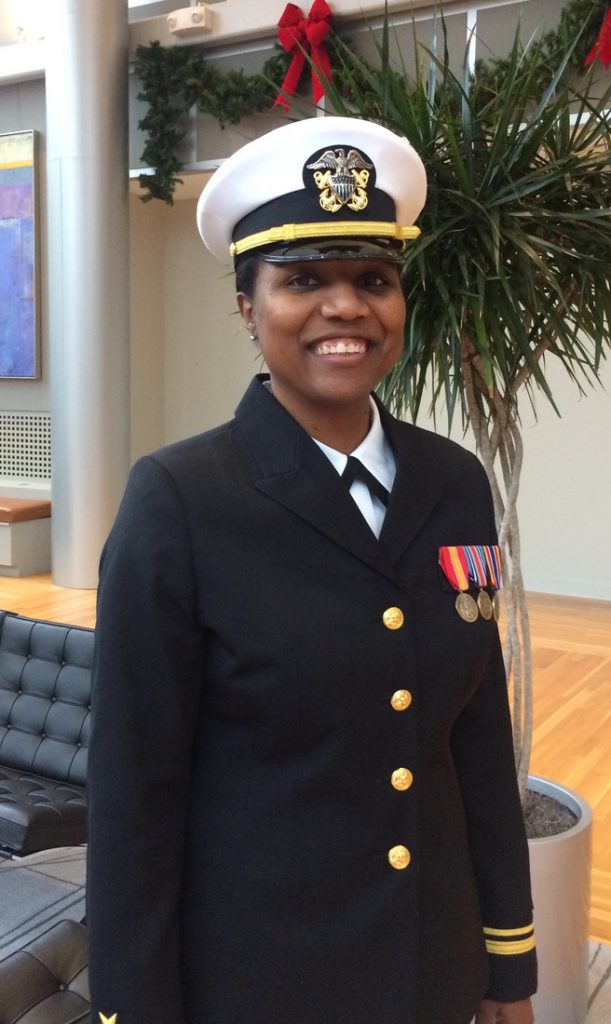Conversations about Big Data and Analytics have taken the global business market by storm. There is not an industry today where these terms have not graced a headline or been echoed by a company CEO. Everyone is thinking about data, and industries are looking for people with the right assortment of skills to aid them in gaining new insights into their data.
Often when we think of analytics, stock images of a business professional confidently positioned and pointing to a line graph readily come to mind. Rarely do we imagine analytics in the context of the U.S. military – such as a National Guardsmen assisting the forestry service with predicting the spread of a wildfire. Given the celebration of our nation’s military Veterans, I was encouraged to think about the various ways in which the U.S. military uses analytics and how these military experiences make one a competitive choice for a career in data science.
Whether it’s using data patterns to predict an enemy’s movement, projecting the number of new recruits needed to backfill service ranks, or determining the optimal air evacuation route for a disaster-prone region, data analytics is a significant part of the operational rhythm of the U.S. military. While the level of exposure to analytics varies widely and in some cases can be occupation specific, every Veteran possesses some essential skills that position them well for a career in data science including a focus on attention to detail and teamwork.
Attention to detail. The phrase “attention to detail” is ingrained into every aspect of military life. The ability to not only recognize but to understand “the details” is a critical attribute, particularly during times of conflict where the safety of others is at stake. This thoroughness and accuracy are especially important in analytics where an understanding of the details is essential to decision making.
Teamwork. From the time service members attend their initial or “boot camp” training they are taught the value of teamwork. From being assigned to a “squad” or being paired up with a “battle buddy,” the tradition of camaraderie is woven into the very fabric of a service member’s daily life. The U. S. military is perhaps one of the most diverse militaries in the world, and being a volunteer service enables every possible cultural and religious group to be reflected. Because of this, a majority of Veterans can excel well in diverse team environments. Many employers have capitalized on this attribute when hiring data analysts to join their existing teams.
A wealth of data is collected by our nation’s military and the skills and experiences gained while serving segues nicely into a career in analytics. My interest in pursuing an advanced degree at the Institute Advanced Analytics was spirited in part by a personal drive and motivation to improve my technical ability further while being part of a team. The next time you think of “analytics” or “big data” do not only consider the business professional dressed in a suit but also consider the many military service members in uniform.
Happy Veteran’s Day to the Sailors, Soldiers, Marines, Airmen, and Coastguardsmen who protect and defend our nation and Constitution each day. Indeed, it is a pleasure to be named among you.

Columnist: Kimberly Green
